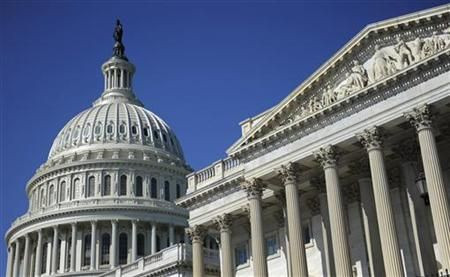Midterm Elections 2014: What Will Happen If GOP Controls Senate

As the Nov. 4 midterm elections draw near, Washington is bracing for the real possibility of a Republican takeover of the Senate and what that would mean for legislation reform and policies. At stake are a wide range of issues, including President Barack Obama’s judicial nominations, the future of the controversial Keystone XL pipeline and whether Congress takes any steps toward immigration reform.
The Washington Post Election Lab suggested Monday there is a 94 percent chance of Republicans regaining control of the Senate. Last week, FiveThirtyEight estimated Republicans have a 57.8 percent chance of winning a majority. Several other recent projections have also suggested a GOP Senate victory.
Michael Barone, a political analyst and American Enterprise Institute fellow, said a Republican Senate takeover seems more likely than not. If Republicans do take the upper chamber, Barone expects the GOP to advance bills to approve the Keystone XL pipeline, repeal the federal health care law and maximize border control legislation, including additional limits on what the president can do to reform immigration policies.
Patrick Egan, associate professor of politics and public policy at New York University, said a GOP majority in the Senate will not change the existing gridlock in Washington because the White House would still be controlled by Obama, who could veto bills. “It’s much ado about nothing in terms of who controls the Senate,” Egan said.
Egan said the focus should not be on whether Republicans gain control of the Senate, but rather to what extent. Republicans need 51 seats to seize the Senate. If the GOP wins a large majority, it will be more difficult for Democrats to take it back in 2016. It would also give Republicans a greater chance of unified control ahead of the 2016 presidential election, which would likely give an edge to the GOP candidate, Egan said.
“That’s when the earth could really move,” he said. “That’s something people should be looking at a little bit more closely.”
© Copyright IBTimes 2025. All rights reserved.




















